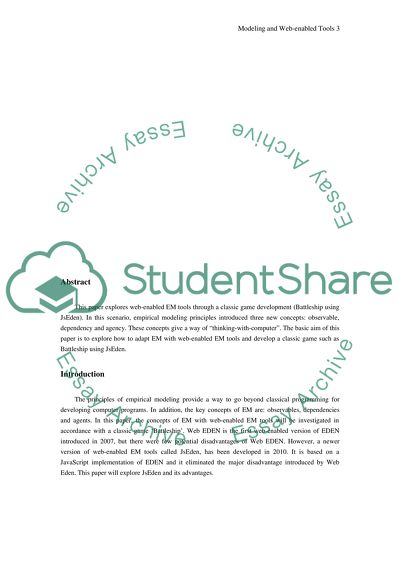Cite this document
(“Xploring Empirical Modeling and web-enabled EM tools Essay”, n.d.)
Xploring Empirical Modeling and web-enabled EM tools Essay. Retrieved from https://studentshare.org/information-technology/1588354-xploring-empirical-modeling-and-web-enabled-em-tools
Xploring Empirical Modeling and web-enabled EM tools Essay. Retrieved from https://studentshare.org/information-technology/1588354-xploring-empirical-modeling-and-web-enabled-em-tools
(Xploring Empirical Modeling and Web-Enabled EM Tools Essay)
Xploring Empirical Modeling and Web-Enabled EM Tools Essay. https://studentshare.org/information-technology/1588354-xploring-empirical-modeling-and-web-enabled-em-tools.
Xploring Empirical Modeling and Web-Enabled EM Tools Essay. https://studentshare.org/information-technology/1588354-xploring-empirical-modeling-and-web-enabled-em-tools.
“Xploring Empirical Modeling and Web-Enabled EM Tools Essay”, n.d. https://studentshare.org/information-technology/1588354-xploring-empirical-modeling-and-web-enabled-em-tools.


